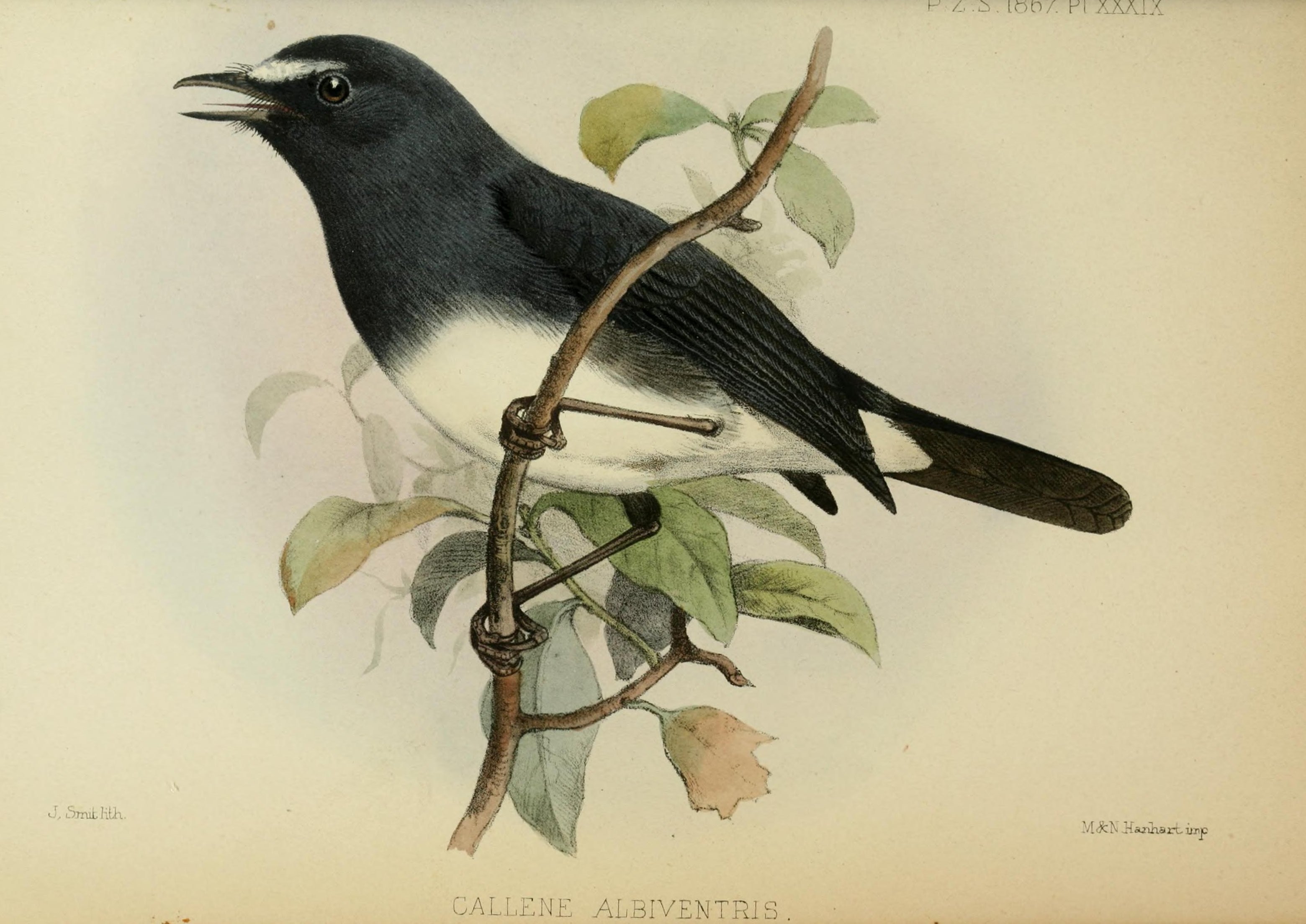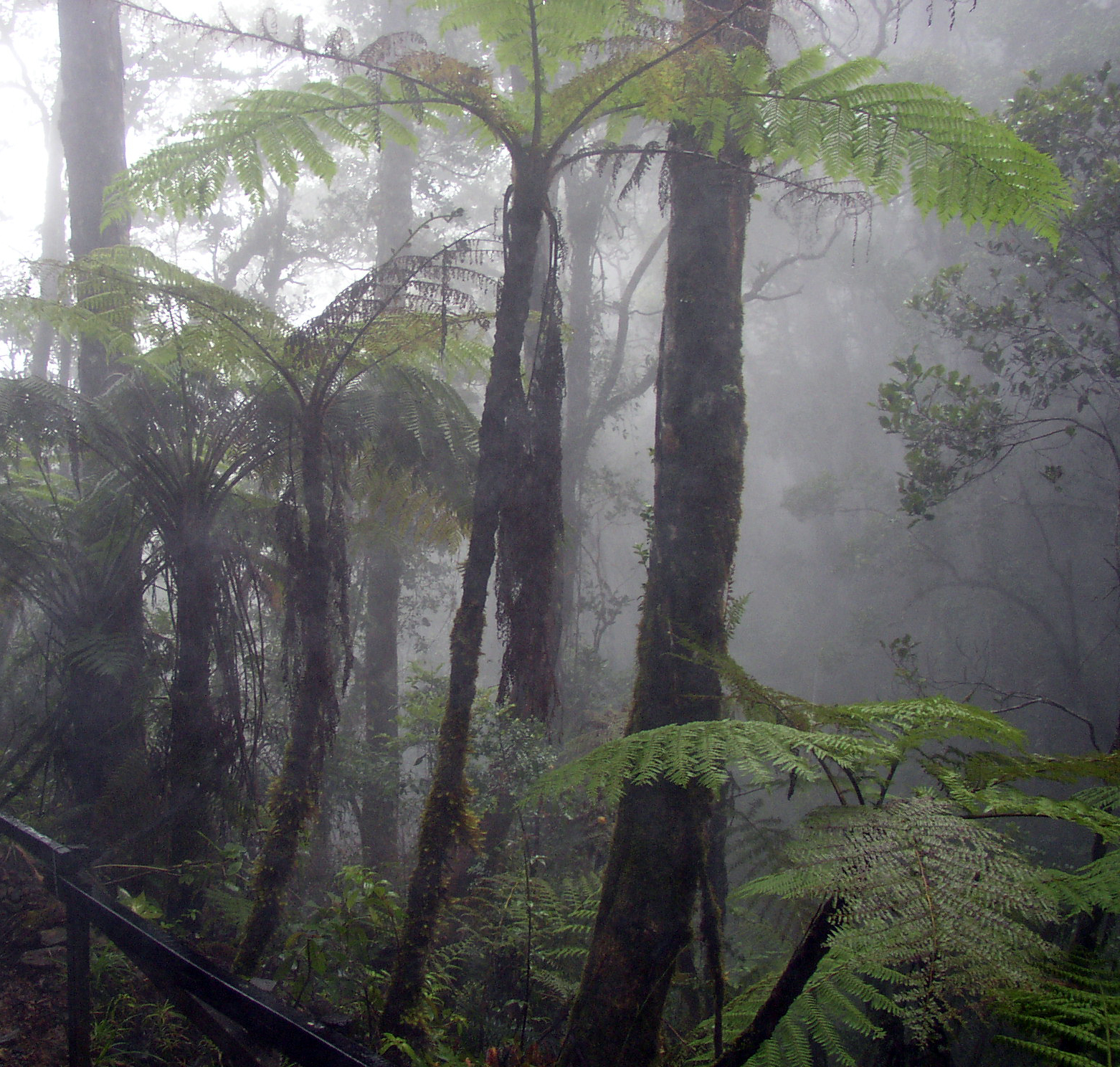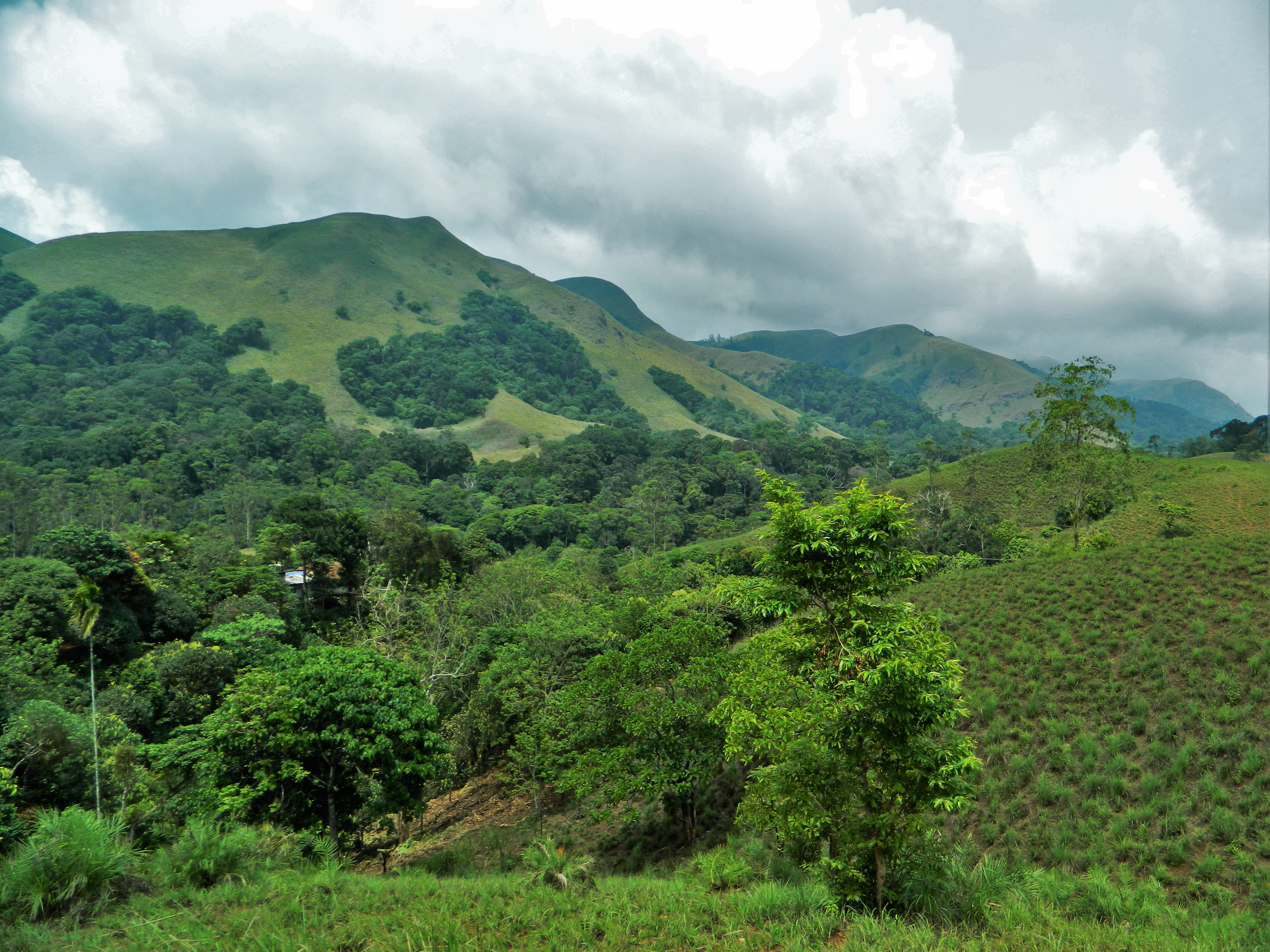|
Sholicola
''Sholicola'' is a genus of bird in the family Muscicapidae that was erected in 2017. They are commonly referred to as sholakilis. The two species placed in this genus endemic to the montane grassland and cloud forest complex known as sholas in southern India: * Nilgiri blue robin (''Sholicola major'') * White-bellied blue robin (''Sholicola albiventris'') A third species ''Sholicola ashambuensis'' described by the original authors is close to ''Sholicola albiventris'' and may possibly be treated as a subspecies of the latter. They were formerly placed in the genus ''Brachypteryx'' and thought to be "shortwings". Species in the genus ''Brachypteryx'' show strong sexual dimorphism and because of this misplacement, the two south Indian species were moved to ''Myiomela'' by Pamela Rasmussen. Molecular phylogeny studies however showed these two species to be flycatchers that foraged close to the ground. A new genus had to be erected as the species are quite distinct from their siste ... [...More Info...] [...Related Items...] OR: [Wikipedia] [Google] [Baidu] |
Sholicola
''Sholicola'' is a genus of bird in the family Muscicapidae that was erected in 2017. They are commonly referred to as sholakilis. The two species placed in this genus endemic to the montane grassland and cloud forest complex known as sholas in southern India: * Nilgiri blue robin (''Sholicola major'') * White-bellied blue robin (''Sholicola albiventris'') A third species ''Sholicola ashambuensis'' described by the original authors is close to ''Sholicola albiventris'' and may possibly be treated as a subspecies of the latter. They were formerly placed in the genus ''Brachypteryx'' and thought to be "shortwings". Species in the genus ''Brachypteryx'' show strong sexual dimorphism and because of this misplacement, the two south Indian species were moved to ''Myiomela'' by Pamela Rasmussen. Molecular phylogeny studies however showed these two species to be flycatchers that foraged close to the ground. A new genus had to be erected as the species are quite distinct from their siste ... [...More Info...] [...Related Items...] OR: [Wikipedia] [Google] [Baidu] |
White-bellied Blue Robin
The white-bellied blue robin (''Sholicola albiventris'') or white-bellied sholakili, is a bird of the family Muscicapidae. It is endemic to the Shola forests of the higher hills of southern India. The Nilgiri blue robin and this species were once considered separate species, later lumped as sub-species of a single species (''major'') and elevated again to full species in 2005 by Pamela C. Rasmussen. The species was earlier thought to be related to the shortwings and placed in the genus ''Brachypteryx'' and later moved to ''Myiomela'' since species in the genus ''Brachypteryx'' shows marked sexual dimorphism. In 2017, a study found that this is a sister group of the flycatchers in the genera ''Niltava'', ''Cyornis'' and ''Eumyias'' among others. It was then placed in newly erected genus ''Sholicola''. This small bird is found on the forest floor and undergrowth of dense forest patches sheltered in the valleys of montane grassland, a restricted and threatened habitat. Descriptio ... [...More Info...] [...Related Items...] OR: [Wikipedia] [Google] [Baidu] |
Nilgiri Blue Robin
The Nilgiri blue robin (''Sholicola major''), also known as Nilgiri shortwing, white-bellied shortwing, Nilgiri sholakili or rufous-bellied shortwing is a species of passerine bird in the family Muscicapidae endemic to the Shola forests of the higher hills of southern India, mainly north of the Palghat Gap. This small bird is found on the forest floor and undergrowth of dense forest patches sheltered in the valleys of montane grassland, a restricted and threatened habitat. The white-bellied blue robin was formerly considered conspecific with this species but in 2005 the two taxa were split by Pamela C. Rasmussen, a treatment that is followed by some authorities. Their genus remained uncertain until a 2017 molecular phylogenetic study found that these two south Indian species formed a sister group to a clade containing the genera ''Eumyias'', ''Niltava'' and ''Cyornis''. A new genus ''Sholicola'' was therefore erected for these two species. Description This chat-like bird is lo ... [...More Info...] [...Related Items...] OR: [Wikipedia] [Google] [Baidu] |
Muscicapidae
The Old World flycatchers are a large family, the Muscicapidae, of small passerine birds restricted to the Old World (Europe, Africa and Asia), with the exception of several vagrants and two species, Bluethroat (''Luscinia svecica)'' and Northern Wheatear (''Oenanthe oenanthe''), found also in North America. These are mainly small arboreal insectivores, many of which, as the name implies, take their prey on the wing. The family includes 344 species and is divided into 51 genera. Taxonomy The name Muscicapa for the family was introduced by the Scottish naturalist John Fleming in 1822. The word had earlier been used for the genus ''Muscicapa'' by the French zoologist Mathurin Jacques Brisson in 1760. Muscicapa comes from the Latin ''musca'' meaning a fly and '' capere'' to catch. In 1910 the German ornithologist Ernst Hartert found it impossible to define boundaries between the three families Muscicapidae, Sylviidae (Old World warblers) and Turdidae (thrushes). He therefore treat ... [...More Info...] [...Related Items...] OR: [Wikipedia] [Google] [Baidu] |
Myiomela
''Myiomela'' is a genus of bird in the family Muscicapidae. Some members have sometimes been included in the genus '' Cinclidium'' and the phylogeny has not been resolved completely. The genus currently includes three species: * White-tailed robin (''Myiomela leucura'') * Javan blue robin (''Myiomela diana'') * Sumatran blue robin (''Myiomela sumatrana'') Species from southern India that were tentatively placed in this genus are now treated in the genus ''Sholicola ''Sholicola'' is a genus of bird in the family Muscicapidae that was erected in 2017. They are commonly referred to as sholakilis. The two species placed in this genus endemic to the montane grassland and cloud forest complex known as sholas in .... References Bird genera Taxa named by George Robert Gray {{Muscicapidae-stub ... [...More Info...] [...Related Items...] OR: [Wikipedia] [Google] [Baidu] |
Bird
Birds are a group of warm-blooded vertebrates constituting the class Aves (), characterised by feathers, toothless beaked jaws, the laying of hard-shelled eggs, a high metabolic rate, a four-chambered heart, and a strong yet lightweight skeleton. Birds live worldwide and range in size from the bee hummingbird to the ostrich. There are about ten thousand living species, more than half of which are passerine, or "perching" birds. Birds have whose development varies according to species; the only known groups without wings are the extinct moa and elephant birds. Wings, which are modified forelimbs, gave birds the ability to fly, although further evolution has led to the loss of flight in some birds, including ratites, penguins, and diverse endemic island species. The digestive and respiratory systems of birds are also uniquely adapted for flight. Some bird species of aquatic environments, particularly seabirds and some waterbirds, have further evolved for swimming. B ... [...More Info...] [...Related Items...] OR: [Wikipedia] [Google] [Baidu] |
Endemism
Endemism is the state of a species being found in a single defined geographic location, such as an island, state, nation, country or other defined zone; organisms that are indigenous to a place are not endemic to it if they are also found elsewhere. For example, the Cape sugarbird is found exclusively in southwestern South Africa and is therefore said to be ''endemic'' to that particular part of the world. An endemic species can be also be referred to as an ''endemism'' or in scientific literature as an ''endemite''. For example '' Cytisus aeolicus'' is an endemite of the Italian flora. '' Adzharia renschi'' was once believed to be an endemite of the Caucasus, but it was later discovered to be a non-indigenous species from South America belonging to a different genus. The extreme opposite of an endemic species is one with a cosmopolitan distribution, having a global or widespread range. A rare alternative term for a species that is endemic is "precinctive", which applies to ... [...More Info...] [...Related Items...] OR: [Wikipedia] [Google] [Baidu] |
Montane Grasslands And Shrublands
Montane grasslands and shrublands is a biome defined by the World Wildlife Fund. The biome includes high elevation grasslands and shrublands around the world. The term "montane" in the name of the biome refers to "high elevation", rather than the ecological term which denotes the region below treeline. This biome includes high elevation (montane and alpine) grasslands and shrublands, including the puna and páramo in South America, subalpine heath in New Guinea and East Africa, steppes of the Tibetan plateaus, as well as other similar subalpine habitats around the world. The plants and animals of tropical montane páramos display striking adaptations to cool, wet conditions and intense sunlight. Around the world, characteristic plants of these habitats display features such as rosette structures, waxy surfaces, and abundant pilosity. The páramos of the northern Andes are the most extensive examples of this habitat type. Although ecoregion biotas are most diverse in the And ... [...More Info...] [...Related Items...] OR: [Wikipedia] [Google] [Baidu] |
Cloud Forest
A cloud forest, also called a water forest, primas forest, or tropical montane cloud forest (TMCF), is a generally tropical or subtropical, evergreen, montane, moist forest characterized by a persistent, frequent or seasonal low-level cloud cover, usually at the canopy level, formally described in the ''International Cloud Atlas'' (2017) as silvagenitus. Cloud forests often exhibit an abundance of mosses covering the ground and vegetation, in which case they are also referred to as mossy forests. Mossy forests usually develop on the saddles of mountains, where moisture introduced by settling clouds is more effectively retained. Cloud forests are among the most biodiversity rich ecosystems in the world with a large amount of species directly or indirectly depending on them. Other moss forests include black spruce/feathermoss climax forest, with a moderately dense canopy and a forest floor of feathermosses including ''Hylocomium splendens'', ''Pleurozium schreberi'' and ''Ptil ... [...More Info...] [...Related Items...] OR: [Wikipedia] [Google] [Baidu] |
Shola
Sholas are the local name for patches of stunted tropical montane forest found in valleys amid rolling grassland in the higher montane regions of South India, largely in Kerala, Karnataka and Tamilnadu. These patches of shola forest are found mainly in the valleys and are usually separated from one another by undulating montane grassland. The shola and grassland together form the shola-grassland complex or mosaic. Not all such high-elevation grasslands have sholas in their valleys, especially if they are isolated from other such meadows, such as the meadows found in the Idamalayar Reserve Forest in Ernakulam district of Kerala. The word 'Shola' is probably derived from the Tamil language word cõlai (சோலை) meaning grove. The shola-forest and grassland complex has been described as a climatic climax vegetation with forest regeneration and expansion restricted by climatic conditions such as frost or soil characteristics while others have suggested that it may have anthr ... [...More Info...] [...Related Items...] OR: [Wikipedia] [Google] [Baidu] |
Brachypteryx
''Brachypteryx'' is a genus of passerine birds containing six species known as shortwings, that occurs in southeast Asia. Shortwings are small birds with long legs, finely pointed bills, short tails and short rounded wings. They are shy elusive ground-dwellers that generally prefer the cover of dense undergrowth. The genus ''Brachypteryx'' was introduced by the American naturalist Thomas Horsfield in 1821. The word comes from the classical Greek ''brakhus'' mean "short" and ''pterux'' meaning "wing". The genus was previously placed in the thrush family Turdidae but in 2010 two separate molecular phylogenetic studies found that species in the genus were more closely related to members of the Old World flycatcher family Muscicapidae. The genus contains the following species: * Rusty-bellied shortwing, ''Brachypteryx hyperythra'' * Lesser shortwing, ''Brachypteryx leucophris'' * White-browed shortwing, ''Brachypteryx montana'' * Himalayan shortwing, ''Brachypteryx cruralis ... [...More Info...] [...Related Items...] OR: [Wikipedia] [Google] [Baidu] |
Pamela Rasmussen
Pamela Cecile Rasmussen (born October 16, 1959) is an American ornithologist and expert on Asian birds. She was formerly a research associate at the Smithsonian Institution in Washington, D.C., and is based at the Michigan State University. She is associated with other major centers of research in the United States and the United Kingdom. Rasmussen's early research investigated South American seabirds and fossil birds from North America. She later specialised in Asian birds describing several new species and clarifying the status of others, particularly white-eyes and owls. More recently, she has been involved in large scale collaborations looking at patterns of global biodiversity, and has assessed the taxonomic status of South Asian vultures. She was the main author of '' Birds of South Asia: The Ripley Guide'', a landmark publication due to its greater geographical and species coverage compared to its predecessors. As a result of her study of museum bird specimens when resear ... [...More Info...] [...Related Items...] OR: [Wikipedia] [Google] [Baidu] |


_female.jpg)
.jpg)
.jpg)


